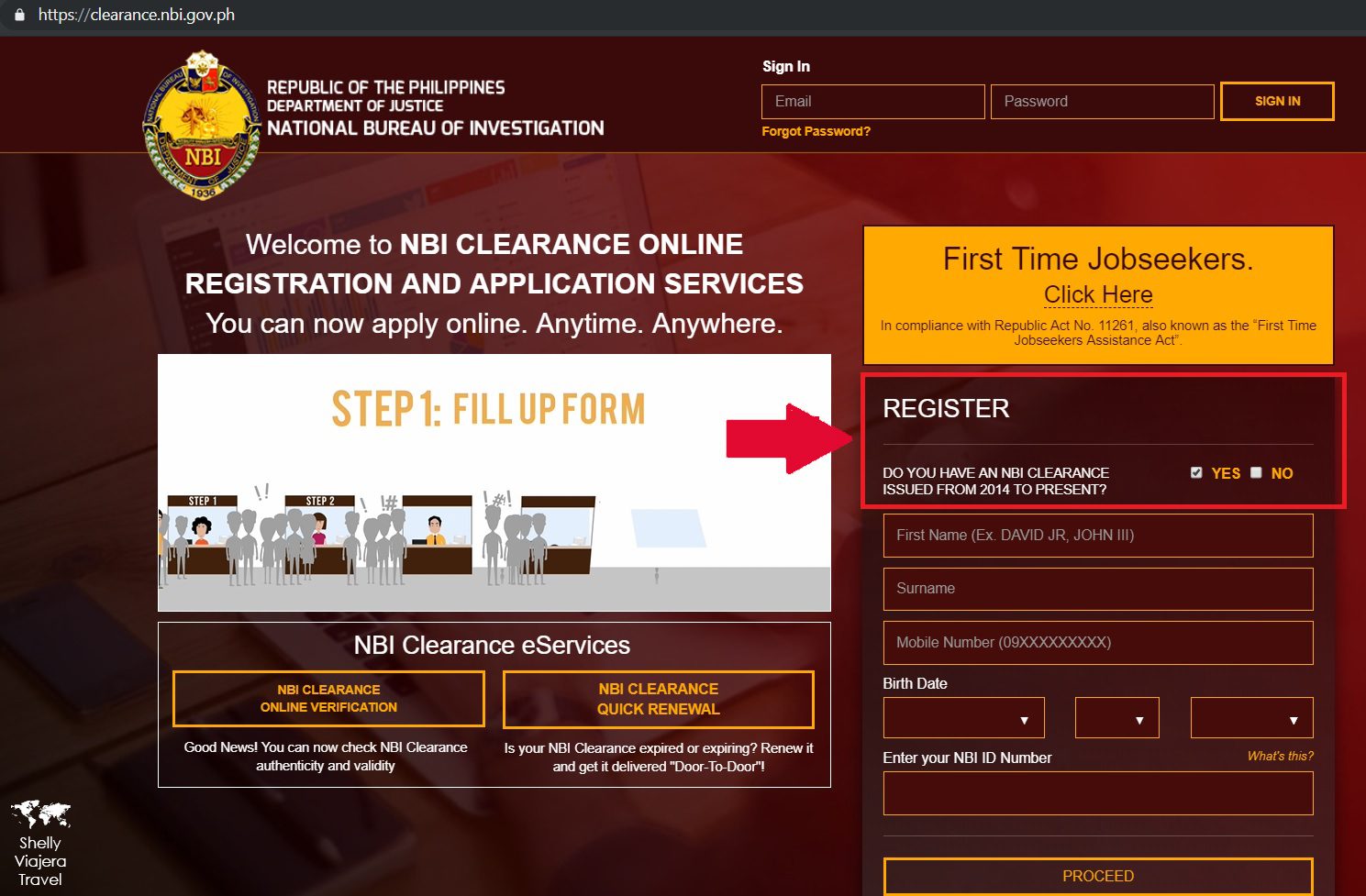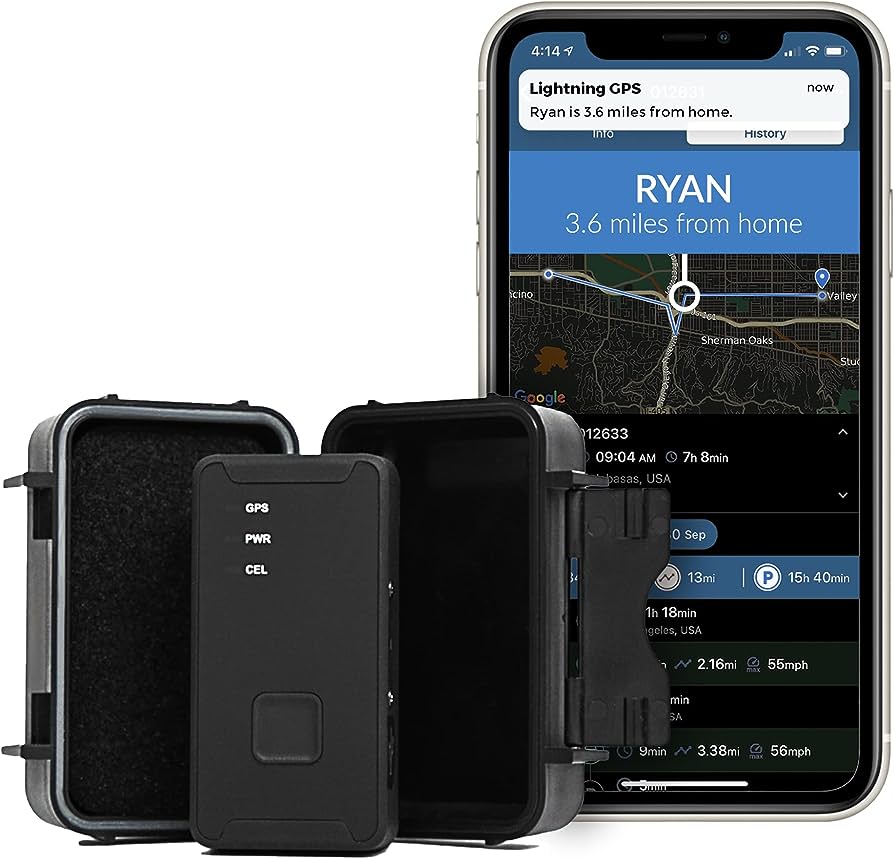To track DDoS attacks, use network monitoring tools and log analysis to identify abnormal traffic patterns and trace the source of the attack. Introduce a Intrusion Detection System (IDS) for real-time monitoring and alerting, and implement traffic analysis systems to identify and filter out malicious traffic.
Educate staff on the signs of a DDoS attack and establish an incident response plan to quickly respond and mitigate any damage. By employing these methods, you can effectively track and mitigate DDoS attacks on your network.
Understanding Ddos Attacks
Discover effective ways to track DDoS attacks and protect your online assets. Learn how to identify and analyze attack patterns, monitor network traffic, and implement countermeasures for a more secure online environment. Stay one step ahead of cyber threats with comprehensive tracking techniques.
What Is A Ddos Attack?
A DDoS (Distributed Denial of Service) attack is a malicious attempt to disrupt the normal functioning of a network, service, or website by overwhelming it with a flood of internet traffic. This flood of traffic originates from multiple sources, often hijacked computers or other devices controlled by the attacker.
The goal of a DDoS attack is to render the targeted resource unavailable to its intended users, resulting in downtime, reduced performance, or complete unavailability.
Types Of Ddos Attacks:
- Volumetric Attacks: These attacks aim to inundate the target’s network or servers with an enormous volume of traffic, causing them to become overwhelmed and unable to respond to legitimate user requests.
- TCP State-Exhaustion Attacks: This type of attack exploits the limitations present in the TCP protocol by overwhelming the target’s infrastructure with connection requests, exhausting the available state entries in network devices.
- Application Layer Attacks: In these attacks, the assailant targets the application layer of the network stack, focusing on specific vulnerabilities in the target’s website or web applications. By exploiting these weaknesses, the attacker can impair the target’s functionality or exhaust its resources.
- Protocol Attacks: These attacks exploit vulnerabilities present in network protocols, saturating the target’s network devices with excessive protocol packets, leading to service disruptions.
Common Targets Of Ddos Attacks:
- Websites and E-commerce Platforms: DDoS attacks frequently target websites, online marketplaces, or any online platform that relies on availability to serve its customers. The impact on revenue and reputation can be significant.
- Online Gaming Infrastructure: The competitive nature of online gaming makes it an attractive target for DDoS attacks. These attacks can cause severe disruption to gameplay, leading to frustration among players and potential financial losses for game developers.
- Internet Service Providers (ISPs): DDoS attacks directed at ISPs can have far-reaching consequences, affecting the availability of the internet for numerous users and services reliant on the ISP’s network.
- Government Websites and Services: Political motivations or attempts to disrupt governmental operations can drive DDoS attacks against government websites and services, causing inconvenience to citizens and hindering access to important resources.
- Financial Institutions: Banks, trading platforms, and other financial institutions are often targeted by DDoS attacks with the aim of disrupting their online services or even attempting to extort money for the attack to cease.
Understanding DDoS attacks is crucial to effectively track and defend against them. By recognizing the different types of attacks and the common targets, organizations can implement robust security measures to mitigate the impact of these malicious activities. Protecting networks, websites, and online services against DDoS attacks is essential to maintain availability, performance, and user satisfaction.
Detecting Ddos Attacks
Detecting DDoS attacks can be accomplished by tracking suspicious traffic patterns and analyzing network behavior. With the help of specialized tools and technologies, organizations can identify and mitigate these malicious attacks in real-time, ensuring the security of their systems and preventing potential downtime and financial losses.
DDoS attacks can wreak havoc on your network, causing significant downtime and disrupting your business operations. It’s essential to detect these attacks promptly to minimize their impact. In this section, we will explore the signs and symptoms of a DDoS attack, how to implement network monitoring tools, and analyze network traffic anomalies.
Signs And Symptoms Of A Ddos Attack:
Identifying the signs and symptoms of a DDoS attack is crucial to take immediate action. Keep an eye out for the following indicators:
- Unusually slow network performance: If your network suddenly slows down, with websites taking a long time to load or frequent timeouts, it could be a sign of a DDoS attack.
- Unresponsive or inaccessible websites: If your website becomes unresponsive or completely inaccessible, despite all other systems functioning correctly, it may indicate a DDoS attack.
- Unusual traffic patterns: Sudden spikes in traffic that exceed normal levels can signify a DDoS attack. Monitor your network traffic closely to identify any significant deviations.
- Unusual increase in server resource utilization: A sudden increase in CPU or bandwidth usage can be an indication of a DDoS attack. Keep an eye on resource consumption to detect any anomalies.
Implementing Network Monitoring Tools:
To effectively detect DDoS attacks, implementing network monitoring tools is crucial. These tools monitor your network traffic and provide insights into potential attacks. Consider the following approaches:
- Intrusion Detection Systems (IDS): Deploying IDS can help detect and notify you about potential DDoS attacks. IDS analyze network packets for signs of malicious activity and trigger alerts when anomalous behavior is detected.
- Intrusion Prevention Systems (IPS): Similar to IDS, IPS detect and analyze network traffic anomalies, but they also have the capability to block malicious traffic in real-time. IPS can help mitigate the impact of DDoS attacks.
- Firewalls: Utilizing firewalls can act as a first line of defense against DDoS attacks. They filter incoming and outgoing network traffic, identifying and blocking potential threats.
- Traffic Flow Analysis: Network traffic flow analysis tools monitor ongoing traffic patterns, allowing you to identify deviations that may indicate an ongoing DDoS attack.
- Anomaly Detection Systems: Employing anomaly detection systems can help identify unusual patterns and activities in your network traffic, notifying you of potential DDoS attacks.
Analyzing Network Traffic Anomalies:
Analyzing network traffic anomalies is an integral part of detecting DDoS attacks. By leveraging network monitoring tools and examining traffic patterns, you can swiftly respond to potential attacks. Here’s how to analyze network traffic anomalies effectively:
- Baseline your network: Establishing a baseline for normal network behavior enables you to identify deviations more effectively. Monitor and record normal network traffic patterns during regular operation.
- Analyze traffic statistics: Regularly review traffic statistics, such as bandwidth usage, packet rates, and IP connections, to detect any significant changes that may indicate a DDoS attack.
- Monitor server logs: Keep an eye on server logs for any suspicious activities or unusual traffic patterns. Logs can provide valuable insights into the nature and source of potential attacks.
- Use real-time analytics: Employ real-time analytics tools to continuously monitor network traffic and detect anomalies as they happen. Real-time alerts and notifications can help you respond faster to potential DDoS attacks.
- Collaborate with ISPs and security experts: If you suspect a DDoS attack or need assistance in analyzing network traffic, reach out to your Internet Service Provider (ISP) or security experts who specialize in DDoS mitigation. They can provide valuable insights and support during such incidents.
By understanding the signs and symptoms of a DDoS attack, implementing network monitoring tools, and analyzing network traffic anomalies, you can effectively detect and mitigate the impact of DDoS attacks on your network. Stay proactive, monitor your network closely, and respond swiftly to protect your organization’s assets and maintain uninterrupted business operations.
Tracking Ddos Attacks
Track and analyze DDoS attacks effectively with these tips. Monitor network traffic, identify patterns, and use specialized tools to stay one step ahead of potential cyber threats.
Being able to track and identify DDoS attacks is crucial for safeguarding your online assets. This subheading will explore various techniques and tools that can assist you in effectively monitoring and tracing these malicious attacks.
Identifying The Source Ip Addresses Of The Attackers:
To determine the source of a DDoS attack, follow these steps:
- Analyze the traffic logs on your network devices to identify the IP addresses that are flooding your servers.
- Look for patterns and abnormalities in the traffic flow, such as a sudden increase in the number of requests from specific IP addresses.
- Consider using intrusion detection systems (IDS) or intrusion prevention systems (IPS) that can pinpoint the origin of the attack.
Using Ip Tracking Tools:
When identifying the source IP addresses, you can leverage IP tracking tools, which provide valuable information about the attackers:
- Utilize IP geolocation tools to determine the physical location and country of the attacking IP address.
- Investigate IP reputation databases that can reveal if the IP address has been associated with previous malicious activities.
- Employ WHOIS lookup tools to obtain additional details about the attacker’s organization or internet service provider (ISP).
Analyzing Server Logs:
By thoroughly examining your server logs, you can gather essential information about the DDoS attack:
- Look for abnormal patterns or a surge in traffic volume from specific IP addresses.
- Monitor the distribution of incoming connections and identify any anomalies.
- Pay attention to the timestamps of the requests to determine if multiple requests are originating from the same IP address.
Tracing The Attack Back To Its Origin:
Tracing a DDoS attack back to its origin requires a systematic approach:
- Conduct an IP traceback analysis by meticulously reviewing the packet headers to identify the path taken by the malicious traffic.
- Utilize advanced techniques like Border Gateway Protocol (BGP) monitoring to trace the routing path of the attack.
- Collaborate with your network service provider or a specialized security firm to assist you in tracking the attack to its source.
Working With Internet Service Providers (Isps):
Collaboration with ISPs is essential in tracking down the source of the attack and mitigating its impact:
- Reach out to your ISP and provide them with the necessary information about the attack, including the source IP addresses.
- Request assistance from your ISP in blocking traffic from the attacking IP addresses at their network level.
- Engage in ongoing communication with your ISP to ensure that the necessary measures are being implemented to prevent further attacks.
Requesting Assistance From Law Enforcement Agencies:
In cases where the attacks are severe or persistent, involving law enforcement agencies can be crucial:
- Contact your local law enforcement agency and provide them with detailed information about the DDoS attack.
- File a formal complaint and cooperate with the authorities throughout the investigation process.
- Share any evidence you have collected, including server logs, IP addresses, and timestamps.
By following these steps to effectively track and trace DDoS attacks, you can minimize their impact, safeguard your online assets, and contribute to a safer digital environment.
Mitigating Ddos Attacks
Detecting and tracking DDoS attacks is crucial in mitigating their impact. By closely monitoring network traffic, analyzing abnormal patterns, and utilizing specialized tools, organizations can identify and track DDoS attacks, enabling them to take proactive measures to protect their systems and data.
DDoS attacks can cause major disruptions to your online business, affecting your website availability and potentially leading to financial losses. To protect your network and mitigate the impact of these attacks, it is essential to implement effective DDoS protection solutions.
Here are some strategies you can employ:
Deploying Ddos Protection Solutions
- Utilize cloud-based DDoS protection services:
- By leveraging the power of cloud infrastructure, you can deflect and absorb massive traffic volumes during DDoS attacks.
- Cloud-based solutions provide scalability, ensuring your website remains accessible even under heavy attack.
- Employ on-premises DDoS protection appliances:
- These dedicated devices are specifically designed to monitor, detect, and mitigate DDoS attacks at your network’s edge.
- On-premises appliances offer real-time analysis and protection, enhancing your network’s resilience against DDoS threats.
Filtering Traffic At The Network Level
- Implement access control lists (ACLs):
- ACLs allow you to filter traffic based on specific criteria, such as protocol, source, or destination IP addresses.
- By defining strict access rules, you can reduce the impact of DDoS attacks by blocking malicious traffic.
- Utilize firewalls and intrusion prevention systems (IPS):
- Firewalls and IPS devices play a crucial role in mitigating DDoS attacks by inspecting and filtering network traffic.
- They can identify and block suspicious traffic patterns, preventing potential attacks from overwhelming your network.
Implementing these DDoS protection solutions can significantly enhance the security of your network and minimize the impact of DDoS attacks. By proactively safeguarding your infrastructure, you can maintain uninterrupted access to your services and protect your online business from potential harm.
Reporting Ddos Attacks
Tracking DDoS attacks is essential for network security. By monitoring network traffic, analyzing patterns, and implementing real-time alerts, organizations can effectively detect and report DDoS attacks before they cause significant damage.
Documenting The Attack Details:
It is crucial to thoroughly document the details of a DDoS attack for various reasons. Here’s how you can effectively document the attack details:
- Take note of the attack duration: Record the exact time the attack started and when it ended. This information will help you understand the severity and impact of the attack.
- Monitor the attack traffic: Keep a close eye on the incoming and outgoing traffic during the attack. Note the type of traffic, its source, and destination. This data will enable you to analyze and identify the attack patterns.
- Capture relevant logs: Save all relevant server logs, network traffic logs, and any other relevant information that can provide insight into the attack. These logs can prove valuable during post-attack investigations.
- Record attack characteristics: Document the type of DDoS attack, such as volumetric, application layer, or protocol-based. Additionally, note the attack vectors used, such as SYN flood or DNS amplification. Understanding the attack characteristics can aid in devising countermeasures.
- Capture screenshots: Take screenshots or record video footage of any malicious activities observed during the attack. This visual evidence can be helpful when reporting the incident to authorities or sharing information with other organizations.
Reporting The Incident To Relevant Authorities:
Reporting DDoS attacks to the appropriate authorities can help combat cybercrime and prevent future attacks. Here’s how you can properly report a DDoS attack:
- Contact local law enforcement: Inform your local law enforcement agency about the attack. Provide them with all the necessary details, including the attack duration, attack characteristics, and any evidence you have gathered. They can guide you on the appropriate steps to take.
- Notify your internet service provider (ISP): Reach out to your ISP and report the DDoS attack. They may be able to assist in mitigating the attack and safeguarding your network infrastructure.
- Inform industry-specific organizations: If you belong to a specific sector or industry, such as banking, e-commerce, or healthcare, report the attack to relevant organizations or associations. They may have specialized resources and expertise to handle DDoS attacks in your industry.
- Collaborate with Computer Emergency Response Teams (CERTs): Share the attack details with CERTs that specialize in dealing with cyber threats. They can provide guidance, investigate the incident, and help prevent future attacks.
Sharing Information With Other Organizations To Prevent Future Attacks:
Collaborating and sharing information with other organizations can greatly contribute to preventing future DDoS attacks. Consider the following approaches:
- Work with third-party security service providers: Engage with trusted security service providers who can analyze the attack data and provide recommendations to enhance your organization’s defense mechanisms. Sharing anonymized attack information with them enables them to improve their own threat intelligence.
- Participate in threat intelligence communities: Join threat intelligence communities or forums where organizations share information about DDoS attacks and other cyber threats. Contributing to these communities allows for collective learning and proactive defense measures.
- Exchange information with peer organizations: Establish partnerships with peer organizations in your industry and exchange information about DDoS attacks. By sharing attack details, mitigation strategies, and best practices, you can collectively enhance your defenses and preempt future attacks.
- Report to relevant security organizations: Report the attack to well-established security organizations or databases that compile information on DDoS attacks. These reports can help in creating a broader understanding of attack trends and patterns, leading to better preventive measures.
Remember, documenting attack details, reporting incidents to relevant authorities, and sharing information with other organizations are essential steps in effectively handling and preventing DDoS attacks. By following these procedures, you contribute to the larger effort of combating cybercrime and ensuring the security of your organization and the broader online community.
Best Practices For Ddos Attack Tracking
Discover the best practices for efficiently tracking and identifying DDoS attacks. Learn how to effectively monitor and respond to these threats with the right tools and techniques. Keep your systems secure and protected from potential cyberattacks.
Regularly monitoring network traffic patterns:
- Stay vigilant by regularly monitoring network traffic patterns to identify any anomalies that could signal a DDoS attack.
- Use tools and software that allow for real-time analysis of network traffic to detect sudden spikes or abnormal behaviors.
- Pay attention to the volume and type of traffic being received, as well as any unusual patterns or traffic sources.
- Implement network monitoring solutions that offer alerts and notifications whenever suspicious activity is detected.
Keeping software and hardware up to date:
- Ensure that all software and hardware components used in your network environment are kept up to date with the latest patches and security fixes.
- Regularly check for updates from vendors and apply them promptly to address potential vulnerabilities.
- Establish a proactive approach by implementing automated update mechanisms and enabling automatic security updates whenever possible.
- Regularly review and assess the security of your software and hardware configurations to ensure optimal protection against DDoS attacks.
Collaborating with cybersecurity experts and sharing knowledge:
- Foster collaboration with cybersecurity experts who are specialized in DDoS attack tracking and prevention.
- Seek advice from experts to identify the best tools and techniques to track DDoS attacks effectively.
- Exchange knowledge and experiences with other professionals and participate in industry-specific forums and communities.
- Stay up to date with the latest trends, strategies, and technologies related to DDoS attack tracking by attending conferences and webinars.
By following these best practices, you can enhance your ability to track DDoS attacks and mitigate their impact on your network infrastructure. Regular monitoring, keeping software and hardware up to date, and collaborating with cybersecurity experts are crucial steps in protecting your network from the ever-evolving threat landscape of DDoS attacks.
Stay informed, proactive, and vigilant, and you’ll be better equipped to defend against these malicious activities.
Remember, maintaining a secure network requires ongoing effort and constant adaptation to emerging threats. Stay proactive and prioritize the security of your network by implementing these best practices.
Frequently Asked Questions For How To Track Ddos Attacks
Can You Trace Ddos Attacks?
Yes, DDoS attacks can be traced to identify the source of the attack.
How Do I Monitor Ddos Attacks?
To monitor DDoS attacks, follow these steps: 1. Set up a network monitoring tool to detect abnormal traffic patterns. 2. Review network logs and analyze traffic behavior for signs of a DDoS attack. 3. Monitor server performance and look for signs of excessive resource consumption.
4. Use a DDoS protection service to mitigate attacks by filtering malicious traffic.
Is There A Program To Detect Ddos?
Yes, there are programs available to detect DDoS attacks. These programs can identify and mitigate such attacks effectively.
How Do I Know If I Am Under Ddos Attack?
To determine if you are under a DDoS attack, monitor your website for sudden spikes in traffic and unusual network activity.
Conclusion
To effectively protect your online assets from DDoS attacks, it is crucial to have a robust tracking system in place. By properly monitoring and analyzing traffic patterns, you can quickly identify and respond to any suspicious activity. With the right tools and techniques, tracking DDoS attacks becomes a manageable task.
Start by configuring your network devices and firewalls to log all traffic data. This will enable you to examine traffic patterns and identify any anomalies that could indicate an attack. Implementing intrusion detection and prevention systems can further enhance your ability to track and mitigate DDoS attacks.
Regularly reviewing and analyzing your logs and network traffic is essential. Look for any sudden increases in traffic, unusual IP addresses, or unexpected patterns. Be proactive in monitoring traffic, especially during high-risk periods or after previous attacks. Additionally, staying informed of the latest attack techniques and trends is crucial.
Continually update your knowledge and implement the latest security measures to stay ahead of attackers. Track DDoS attacks effectively, and ensure the safety of your online assets. Stay vigilant and be prepared to respond swiftly to protect your network and maintain business continuity.
- What Is the 11 Hour Limit: A Comprehensive Guide - June 7, 2024
- What Happens if You Drive on a Suspended License in Virginia - June 7, 2024
- Wilcox Justice Court Overview: Online Services & Legal Proceedings - June 6, 2024



